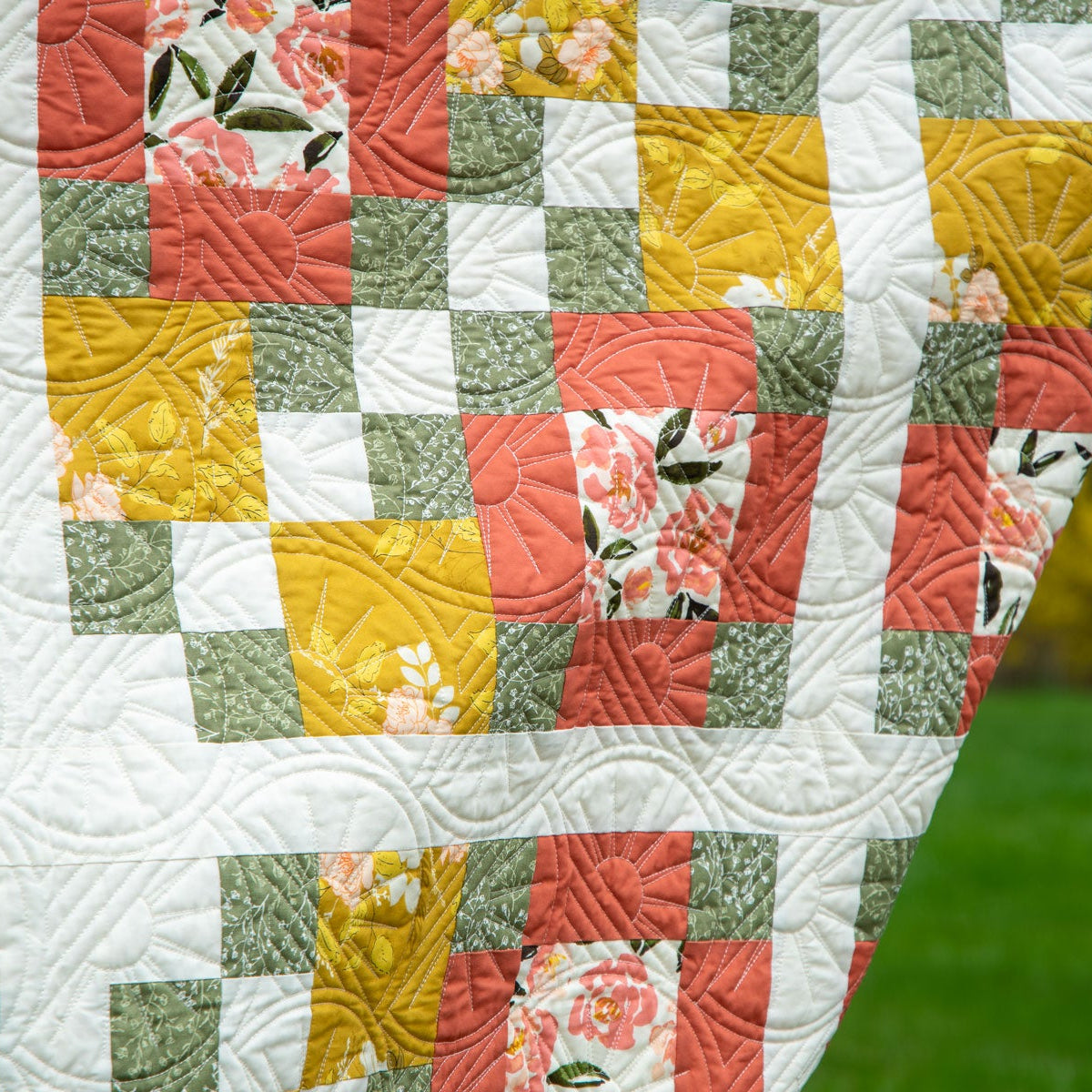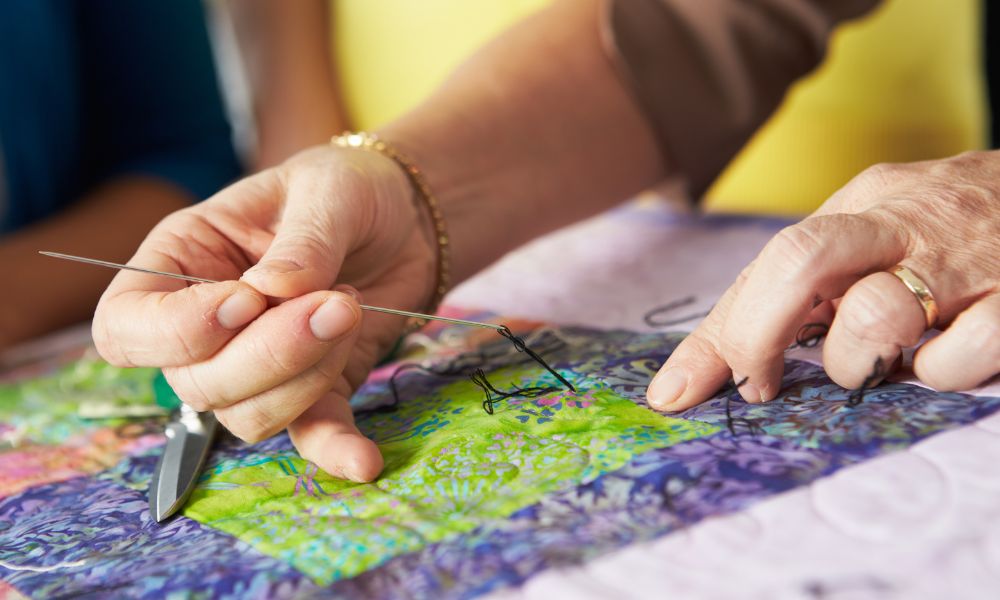7 Essential Crafting Skills to Teach Your Kids

As parents, we make the decision of what we do and do not teach our kids every day. This can often become a stressful ordeal—how do you know that you’re teaching your child everything they need to survive and thrive in this world? It’s important to note that this isn’t a one-day teaching moment; you can’t teach them everything in a day, and that’s okay!
However, there are some solid ways you can go about teaching your children that help them gain various skills for the future. We like to think of this idea as helping your child learn and participate in different hobbies and activities, so they can learn about themselves and the world from those activities. Think about how children learn a lot about teamwork when they participate in sports —sometimes more than you could teach them. The more activities they enjoy, the more skills they’ll learn.
It’s the same with crafting. Whether you teach your children how to knit, quilt, paint, or sew, these are skills that will help them learn through life. Below, we’ve listed some of the essential crafting skills to teach your kids. Check them out and see how easy it is for your kids to pick up on these skills that last a lifetime!
Problem Solving
At first, it may not seem like problem solving has that much to do with crafting, but the more your kids partake, the more you’ll see it’s true. When stitches go awry, or a color doesn’t blend the best way, kids will either learn how to fix their mistake (problem solve) or how to not let it bother them. Mistakes are often made in crafting, as in life, and the sooner kids learn how to fix their own issues and move past them, the better!
Fine Motor Skills
One of the best skills crafting teaches your kids deals with their fine motor abilities. While playgrounds and free play help with gross motor skills, crafting helps improve and refine the little things. Aspects such as scissor safety, tripod hold (holding crayons, pencils, etc.), gluing, painting, and even turning pages of a craft book all help enhance kids’ fine motor skills. You’ll really appreciate helping your kids with things like this once they start school and begin writing. It also helps with hand-eye coordination!
Color Blends and Mixing
This skill is something even the youngest of children can get started on. Explaining primary colors and how mixing can create secondary hues and various shades not only saves you money from buying tons of paint, but helps your child learn. The more shades they create, the more versatile their art projects. Color blending can help kids expand their projects to include more colors.
In other words, you don’t even have to use paint to explain. If they want to help you with your quilt, you can explain color theory to them. They’ll learn more about how some colors work best with others, and how some don’t go well at all. It may seem small, but this is the sort of knowledge they’ll carry with them!
Following Directions
This is such an important skill that so many hobbies and activities strive to teach children. That said, there are a lot of different ways in which children can follow directions. Let’s think back to how sports shape children’s behavior; they help teach children to follow directions as well, but it’s often in a verbal/auditory sense. Their coach tells them where to run and how to best play, and then they must listen and follow those directions.
Crafting is a bit different in that they’ll most often need to follow written directions. This works a different area of the brain, because they’re taking in the directions they read themselves. Of course, art teachers and parents like yourself may often reiterate directions or help explain them. Nonetheless, following written directions still helps work on the child’s ability to read directions and implement them for a successful project. This is a skill you’ll never want your child to forget!
Emotion Communication
One of the key benefits of crafting for anyone, regardless of age, is that it helps us communicate our feelings. Even as adults, there are times when we’re not sure why we’re feeling what we’re feeling, and we’re not quite sure how to deal with it. If adults deal with that, then kids do as well, possibly to an even greater extent. This is where crafting comes in; it can help people put their emotions into the world and learn how to communicate them in a healthy and safe manner.
A child that’s able craft, paint, knit, and create to their heart’s content often chooses to associate creation with their feelings. You may ask why they chose yellow over blue, and their simple answer could be that yellow makes them happy. Your child will learn more about their own emotions and how crafting can help soothe any unpleasant feelings.
Focus
For any child that’s bouncing off the walls with energy (which may be most of them under the current circumstances), crafting helps them focus. Concentration and focus are two of the biggest skills that people learn while crafting and end up translating across various areas of a child’s life. Different projects and crafts help them focus in on the tasks at hand rather than the hectic world.
If you really need to help your child hone in to a skill, then try to set up more intricate crafts. The more refined the craft, the more concentration they’ll need! Things like paper mache, scrapbooking, color by numbers, and quilting all require a bit more focus than others!
Patience
The last skill that crafting helps teach your children is patience. We love how crafting in all forms can help even the most stressed people unwind and relax. That’s often because it requires patience. You can’t fly through a crochet project if you want it to turn out well and look the best—and neither can your children. The slower they go, the more time they take, the more patience they give—the more successful the project. Patience comes from crafting in different forms; they’ll need to wait for paint and glue to fully dry, not freak out when a project doesn’t work out, and not fly through stitches. This way, they’ll learn a lot about having patience!
The world we live in is a crazy one, but the right skills can help make it a bit more manageable. Help your kids out by letting them immerse themselves into the world of crafting and all the wonderful things they’ll learn. When you need any tools or supplies, turn to Lindley General Store—the Canadian quilt shop and craft store you love! We have what you need to get you and your child started.








Comments